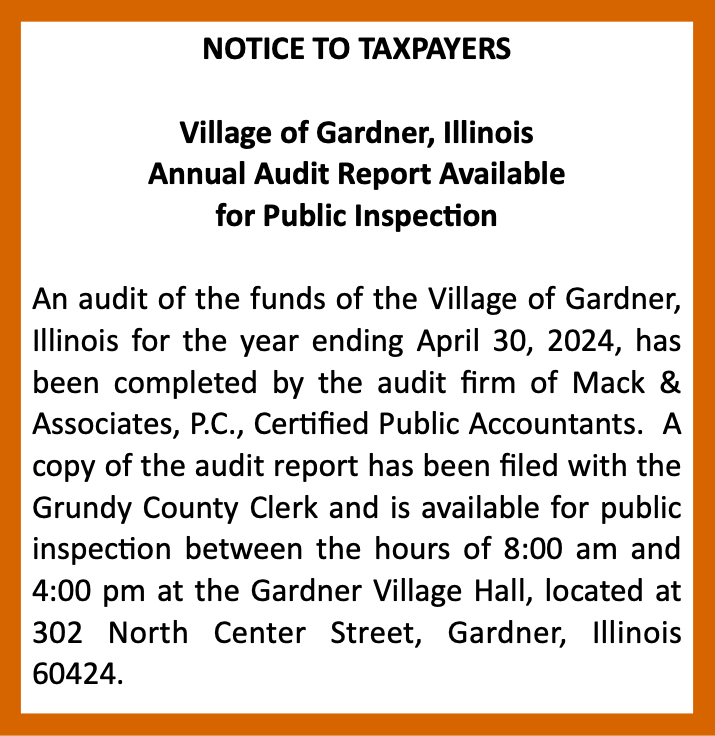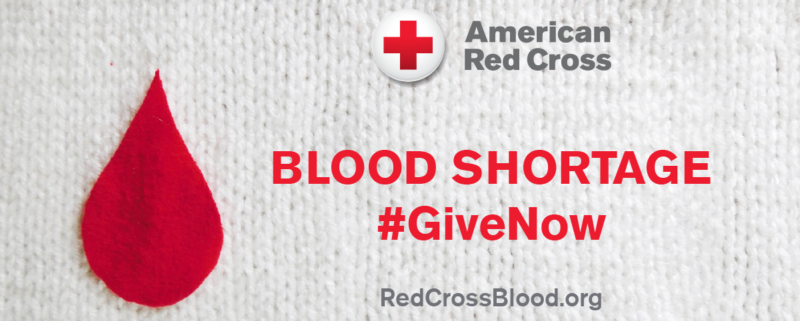Ukrainian farmers challenged as war enters second year
By DAN GRANT
FarmWeek

Crop production in Ukraine is expected to take a big hit this year, despite farmers’ best efforts, as the Russian invasion enters its second year.
Myloka Solskyi, Ukraine minister of agrarian policy and food, discussed his country’s situation via a video chat during USDA’s 99th Annual Ag Outlook Forum.
“We’re losing people,” he said during an impassioned speech. “Cultivated area has decreased about 25%. A considerable amount of our land is polluted with explosives.”
Ukrainian farmers face not only the physical challenges of war to plant their crops, but also worsening supply chain issues and tightening margins.
“We face serious energy supply problems. Russia is shelling critical supply infrastructure (including crop storage and loading facilities),” Solskyi said. “Some farmers have become unprofitable. Our ag sector is losing its potential.”
**Editor’s Note: If you find the story above of value, consider clicking one of the Google ads embedded in the story. It costs you nothing but Google will give the website owner a few cents.
Gordie Siebring, an American farming in Ukraine, will mark 30 years in ag there next month. He previously operated a dairy in Iowa.
He also foresees major issues for Ukrainian farmers this season as the war drags on.
“As we look to spring, many farmers say they can’t afford to put on fertilizer this year,” Siebring told the RFD Radio Network. “I just met with my Pioneer salesman, and he projects corn plantings will be down at least half of what they would have been.”
Joe Glauber, senior research fellow at the International Food Policy Research Institute and former USDA chief economist, estimates wheat plantings in Ukraine are down 35-40%. He looks for similar cuts in corn production this season.
“I think this year in a sense will be more critical to its impact on Ukraine and global markets,” Glauber said during the Ag Outlook Forum. “We’ve seen this hit three crops now — the 2021 crop that wasn’t able to be exported, the 2022 crop had all sorts of problems and the 2023 crop is being impacted by very low returns.”
The war and other crop production issues, including drought in the western U.S. and Argentina, trimmed world crop stocks to the lowest level since 2007/08 for wheat and 2012/13 for corn.
“We can’t really afford drought in any other major producing region of the world this year, or we’ll be back to where we were (with short supplies and higher prices),” Glauber said.
The U.S. continues to support Ukraine, and farmers there still plan to produce and export what they can this year. Most exports from Ukraine are being shipped via land instead of ports that are blocked by Russian forces, which adds more than $100 per ton to transportation costs.
“The world recognizes Ukraine is important to food security,” Solskyi said. “We’re doing everything possible to ensure the world doesn’t suffer from famine.”
Russia officially invaded Ukraine just over a year ago, on Feb. 24, 2022. And Siebring still struggles to believe what he’s seen since then.
**Editor’s Note: If you find the story above of value, consider clicking one of the Google ads embedded in the story. It costs you nothing but Google will give the website owner a few cents.
“The first thing that comes to mind is the true shock the invasion actually occurred,” Siebring said. “The war has been so bloody and brutal, in the 21st century I just really didn’t see something like that happening.”
Siebring appreciates the support from his fellow Americans. But he doesn’t foresee an end to the conflict any time soon.
“We were very encouraged to see (President) Biden make the trip here,” he said. “But I don’t see Russia giving up.”
Ukraine was the world’s sixth-largest producer of corn and seventh-largest producer of wheat prior to the war. The top five producers of corn worldwide are the U.S. (31%), China (25%), Brazil (11%), the European Union (5%) and Argentina (5%), according to Greg Johnson, grain originator at Total Grain Marketing in Champaign.
This story was distributed through a cooperative project between Illinois Farm Bureau and the Illinois Press Association. For more food and farming news, visit FarmWeekNow.com.











































